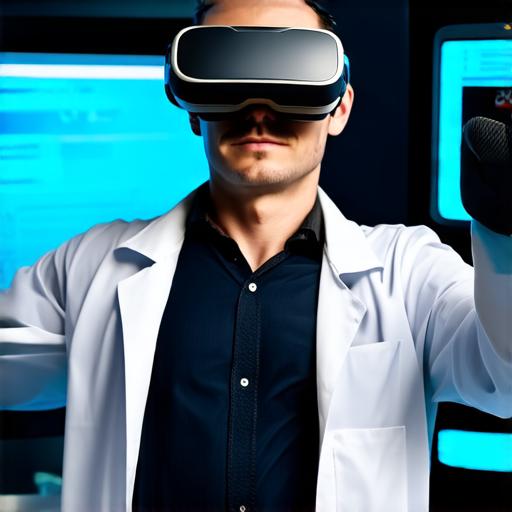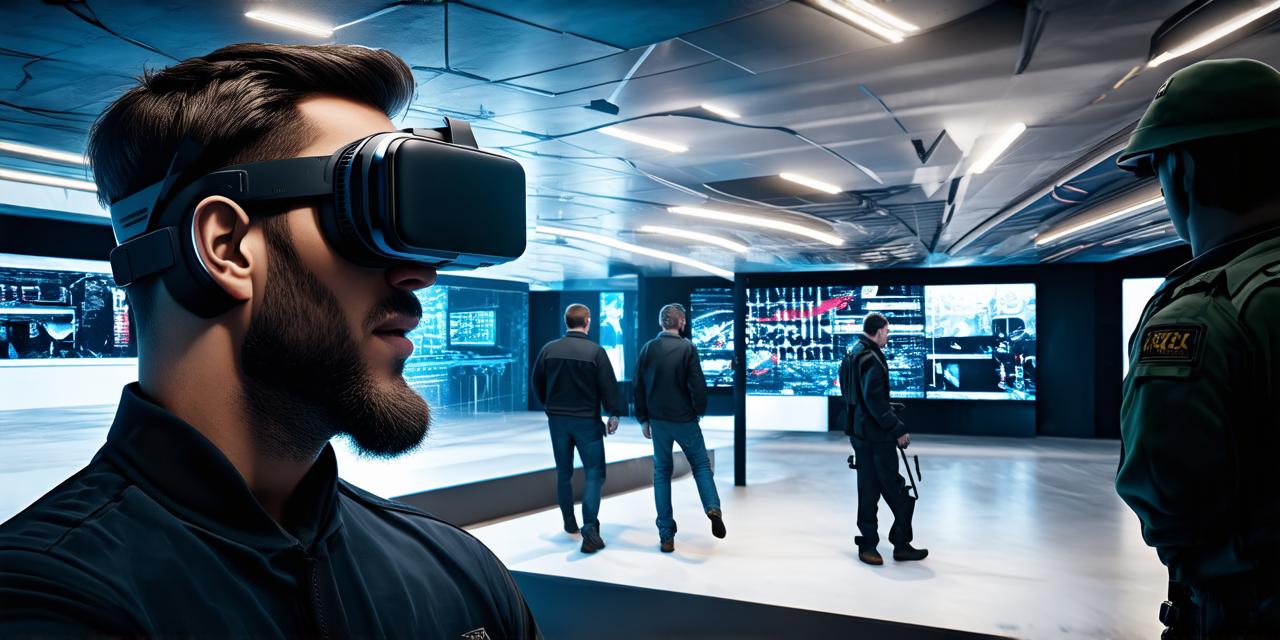The Early Years of VR: 1960s and 70s
In the early days of computer graphics, researchers began experimenting with immersive displays that could transport users into virtual environments. One of the earliest examples of this technology was the Sword of Damocles, developed by Ivan Sutherland in 1968.
Another early pioneer of VR was Ed Catmull, who co-founded Pixar in 1979. Catmull was also involved in developing the Z-buffer algorithm, which is still used today to render 3D graphics. In the early 80s, he began working on a project called the Virtual Reality Theater System (VRTS), which aimed to create a fully immersive VR experience.
The Birth of Modern VR: 1980s and 90s
In the mid-1980s, several companies began working on commercial VR systems. One such company was Silicon Graphics (SGI), which developed the first computer designed specifically for VR in 1987. This system, called the Avatar, featured a head-mounted display and a six-degree-of-freedom (6DoF) tracking system that allowed users to move around in a virtual environment.

Another important milestone in VR history was the development of the first commercial VR headset, the VR-1, by ComputerSpace in 1989. This headset used liquid crystal displays and passive stereo projection to provide a more comfortable and realistic viewing experience than earlier systems.
The Turning Point: Oculus Rift and HTC Vive
In 2012, Facebook acquired the virtual reality startup Oculus VR for $2 billion. This acquisition marked a turning point in the development of VR technology, as it brought together a team of experienced developers and engineers with the resources to take VR to the next level. In 2014, the company released the Oculus Rift, a high-end VR headset that quickly became one of the most popular and successful VR systems on the market.
Around the same time, HTC launched its own VR headset, the HTC Vive, which also gained popularity among early adopters of VR technology. Both the Oculus Rift and HTC Vive featured advanced tracking systems that allowed users to move around in a virtual environment with greater freedom and precision than earlier systems.
Summary: Who Invented the First VR?
While there have been many key figures who have contributed to the development of VR technology over the years, it is difficult to pinpoint a single inventor who can be credited with its invention. Instead, we should view the evolution of VR as a collaborative effort that has involved hundreds of researchers, engineers, and developers across several decades.
From the pioneering work of Ivan Sutherland and Ed Catmull in the early days of computer graphics to the commercial success of the Oculus Rift and HTC Vive today, VR technology has come a long way since its inception. As we continue to push the boundaries of what is possible with VR, it is likely that new innovations and breakthroughs will emerge, paving the way for even more immersive and interactive virtual experiences in the future.


